The vibe and overall aesthetics are key elements in creating an engaging atmosphere for the audience during conferences, trade shows, and other event staging. Event staging is equally important for in-person, hybrid, and virtual events to ensure their ultimate success through effective communication and audience interaction.
This guide helps you understand event staging, its importance, and its essential components. It also provides information about the steps to follow for effective event staging.
Event Staging
Event staging involves the design, construction, and management of all physical and technical elements for arranging a successful live conference or event. It is the process of arranging the required hardware and technological equipment for the stage, which are essential for audio, lighting, projection, video screens, etc. Moreover, it involves managing design elements for the stage and the entire venue, including costumes, décor, furniture items, plants, props, etc., based on the type of event.
Importance of Event Staging
When done effectively for in-person, hybrid, and virtual events, event staging can make a huge difference by leaving a long-lasting impression on the attendees. A well-arranged design and set-up on stage contribute to a visual appeal and engaging environment for the audience, keeping them attentive and retaining their interest throughout the event. Properly managed audio systems, lighting, and visual aids help in clear and effective communication and contribute to delivering the event’s message effectively with a unique ambience and theme.
When everything is properly arranged, it leaves a professional image on the minds of individuals by reflecting your attention to detail, competence, and credibility. The strategic use of stage design during event staging can help the organisers grab the attention of the audience towards a particular segment of the event. Hence, they remain focused on the key content, event speakers, and performers.
Event staging is also crucial to ensure all the set-ups are safe and secure and arranged in compliance with the regulations. Moreover, it guarantees proper planning and efficient management of the event, which helps in smooth event flow.
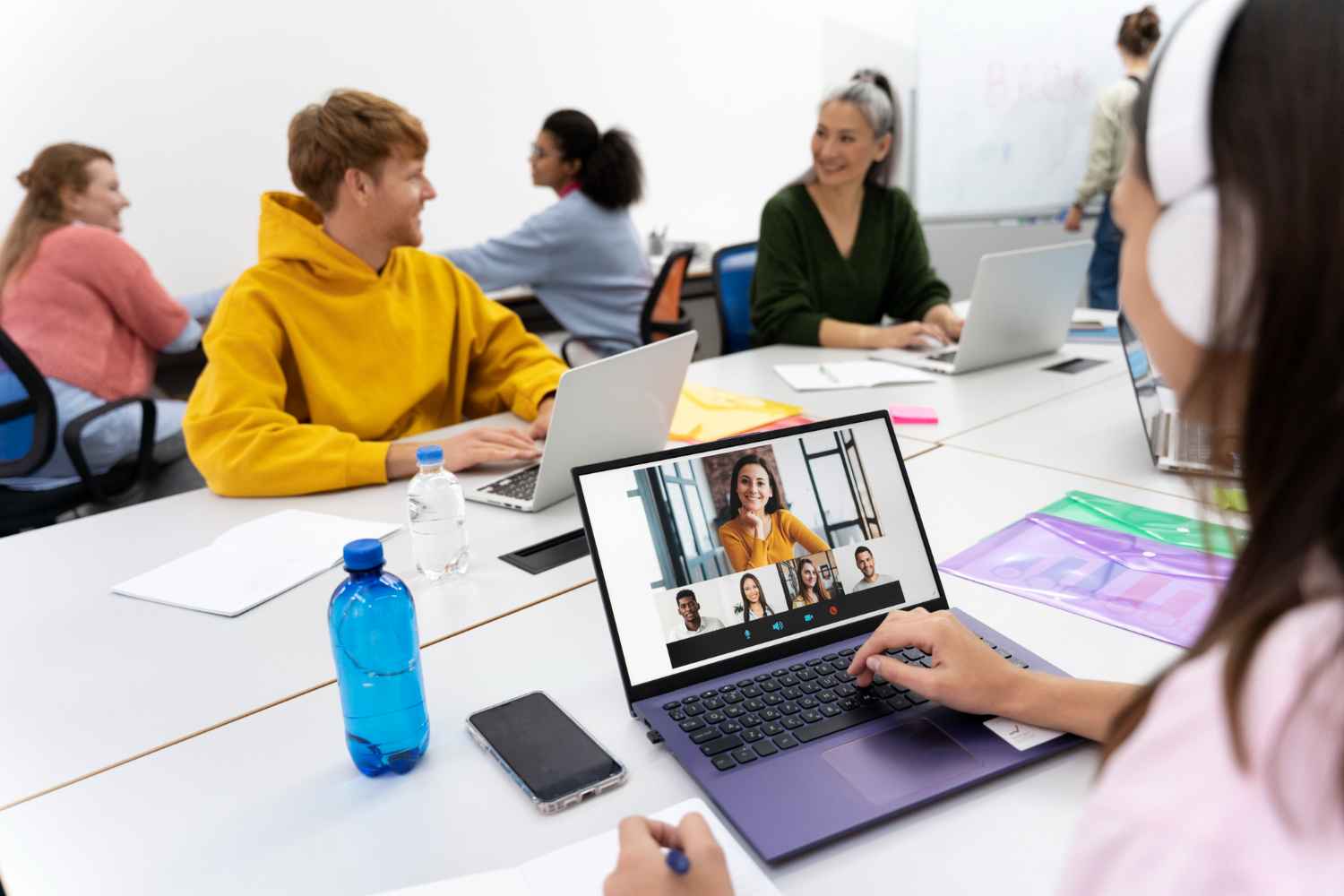
Essential Components of Event Staging
The following are some of the essential components which are critical for arranging in-person and virtual events successfully:
Audio
A good quality audio system is crucial to deliver your message effectively to the audience and promote your brand.
- During in-person events, the presenters should use high-quality microphones and ensure that they speak in the microphone by keeping it at a suitable distance from their mouth to deliver a clear message. Moreover, advanced-quality speakers should be placed at strategic locations throughout the event venue so that everyone can listen to the speaker clearly.
- During virtual events, it is important for the presenters and speakers to use good-quality microphones to deliver their message clearly and without obstruction. Effective communication will also help promote your brand by clearly presenting all the information.
Backdrop & Sets
Backdrops and sets are both important for in-person and virtual events to create a well-composed environment that reflects your professionalism.
- For in-person events, you should create vibrant yet decent backgrounds and sets that effectively grab the attention of attendees. You can take advantage of technological advancements by using textured walls or videos with designs and images according to the event’s theme as stage backdrops to effectively promote your brand.
- For virtual events, you have different options for creating backdrops and sets. Green screen environments can add depth to your virtual stage set-up and give your audience a feeling of sharing a common space. Digital or printed backgrounds are also suitable for consistent backdrops and brand promotion.
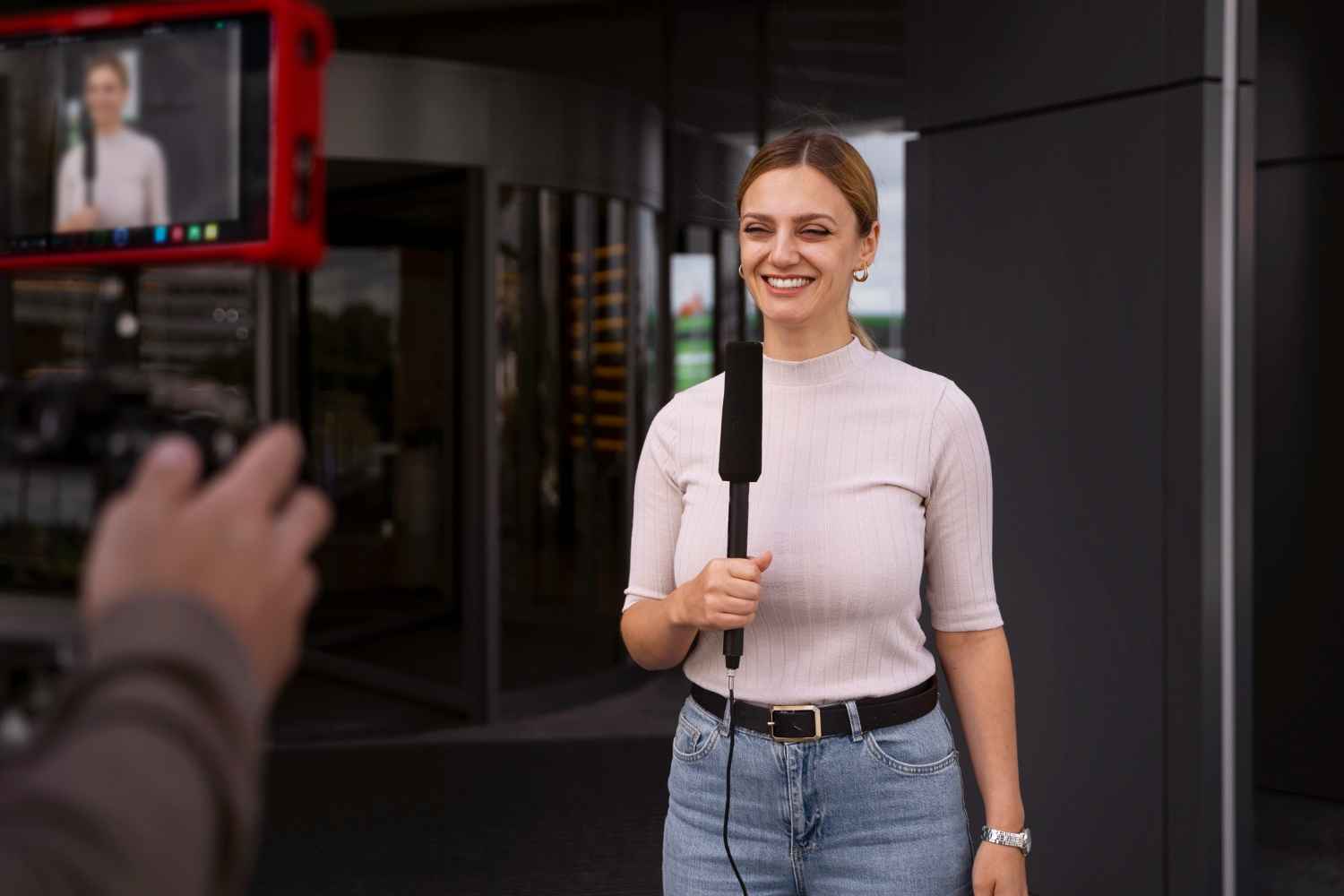
Lighting
Lighting profoundly impacts the audience’s mood, making them lively and developing their interest in the event.
- While arranging in-person events, you should ensure sufficient lighting for efficient visibility to create a perfect ambience. Glaring light effects can be uncomfortable for the audience, and too dim lighting can divert their focus. Therefore, a perfect mix and strategic placement of light with a variety of effects are important for retaining your audience’s engagement and interest.
- While arranging virtual events, suitable and correct lighting should be set up around the presenter. This helps ensure the proper visibility of the presenter’s face and non-verbal cues to the online audience, ensuring effective communication and proper interaction.
Seating
The seating arrangements at your in-person or virtual event determine the guests’ comfort level, atmosphere, and sight lines.
- For in-person events, it is important to provide comfortable chairs to the audience and ensure that two rows are arranged at a suitable distance to provide suitable foot space to all the individuals. Effective seating arrangement optimises the interaction and attention of the audience by keeping them focused and comfortable. You should consider accessibility, audience size, event format, venue layout, and safety while planning the seating arrangement.
- For virtual events, you should make sure the seating arrangement is right in the middle of the screen to ensure the presenter’s proper visibility to the audience. The presenter’s seat should be placed so that it does not obstruct the brand’s message displayed in the backdrop. Moreover, the speaker’s chair should be comfortable so that the speaker stays focused on delivering the message effectively and clearly.
Stage & Screen
Stage and screen are important to keep your audience focused by gaining their attention during in-person or virtual events.
- For in-person events, you need to add colours, lighting, and props to create a well-designed and aesthetic stage and make it the central point of attraction for all. You can also add screens for presenting multimedia displays, presentations, and other visual elements to enhance the overall experience of the audience.
- For virtual events, you can add a virtual backdrop with event branding for your speakers or film it on a physical set. Based on your budget, you can book a studio where you can create your own stage set-up and décor to promote your brand and event theme in a more personalised way.
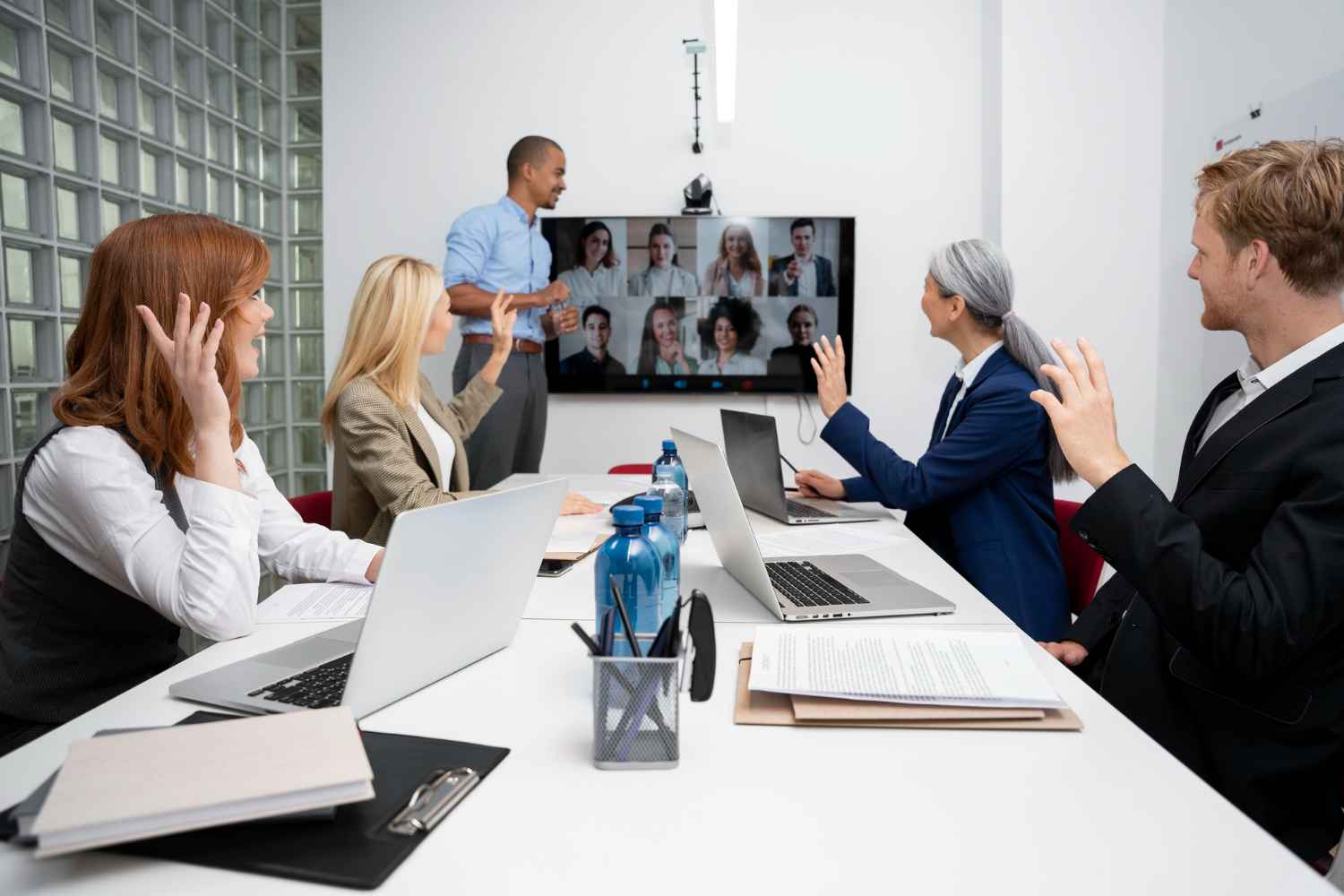
Steps to Plan Event Staging
Careful planning is crucial to successfully staging an in-person, hybrid, or virtual event. For this purpose, you need to consider various elements and follow certain steps to ensure everything goes smoothly:
Identify Your Objectives
Before starting to plan your event, you should have a clear idea of your objectives and goals. For this purpose, clarify the purpose of your event, such as whether it is for lead generation, networking, or sharing knowledge. This will help you decide the rest of the details, such as the type of content required for your event, stage set-up, decoration, etc.
Define Your Targeted Audience
It is essential to know your audience for ensuring your event’s success. You should conduct detailed research to comprehend your audience’s expectations, needs, and preferences to provide them with a truly personalised experience. Knowing your audience will also help you curate content that they like for engaging them and making your event interactive for all.
Plan Your Budget
It is vital to plan your budget to get a clear idea of the available finances. To maximise profit, you should also determine your event’s ROI (Return on Investment). While planning your budget, you should consider the costs associated with audiovisual equipment, catering, marketing, staffing, technology infrastructure, venue rentals, etc. Once you estimate all the expenses, you can allocate resources efficiently and gain sponsorship opportunities.
Determine the Type of Event
The format and venue for your event will be decided according to the type of event you will host, such as a conference, discussion session, performance, or a mix of all these. Based on the type of event, you need to decide about the equipment or items required to decorate the stage. You also need to decide whether the event will be held in person, virtually, or be a hybrid event to make arrangements accordingly.
It requires you to plan your budget, location, and size of audience, as well as travel requirements if the guests or audience have to arrive from other parts of the world. Based on the audience’s size, location, and budget availability, you can also choose between in-person or virtual events, whichever suits you and your audience the best.
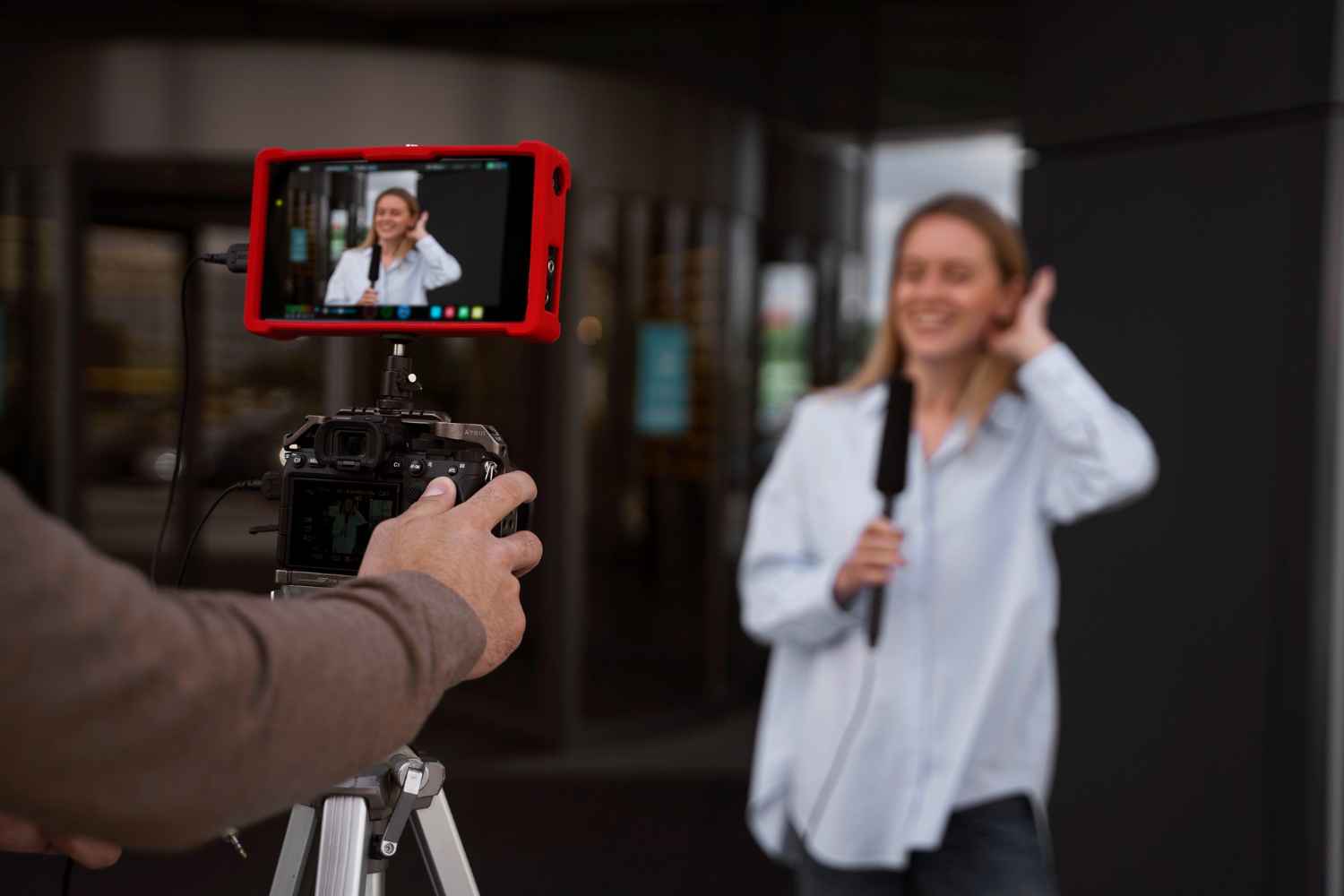
Choose a Suitable Venue
Based on your targeted audience’s location, you should choose a venue that is easily accessible. You should ensure that the selected venue has all the facilities, including advanced technological infrastructure, reliable internet connection, and sufficient space for making a suitable seating arrangement for your audience.
Look for Exhibitors & Sponsors
You can search for exhibitors and sponsors who can provide you with different staging elements and equipment. In return, you will display their brand. It is a win-win collaboration to promote your brand and display the sponsors’ brands as well.
Grab Audience’s Attention
You should carefully design the stage for in-person events by using attractive elements to grab the attention of the audience and keep them focused towards the event’s focal point. On the other hand, while arranging virtual events, you should ensure minimal distractions for the audience. To do so, you should analyse your presenter’s background, PowerPoint presentations, streaming software’s interface, etc and ensure all these elements are interactive.
You can add other engaging elements, such as games, live polls, Q&As, and quizzes, to keep your audience attentive and interested in the event.
Implement Effective Branding Strategies
You can use event staging strategically to promote your brand and deliver your message effectively. You can add custom stage design elements, such as backdrops, panels, pillars, screens, etc., presenting your brand’s identity. To promote your brand on social media, you can install branded props and event signage, including banners, directional signs, and posters customised according to your brand’s unique identity.
You can create a customised theme by installing gobos, LED walls, light projections, projection mapping, and customised flooring to develop an atmosphere that truly reflects your brand. Moreover, you should ensure the staff’s attire and uniform contain logos of your business, and you can provide giveaways to the audience by arranging some games and other interactive activities.
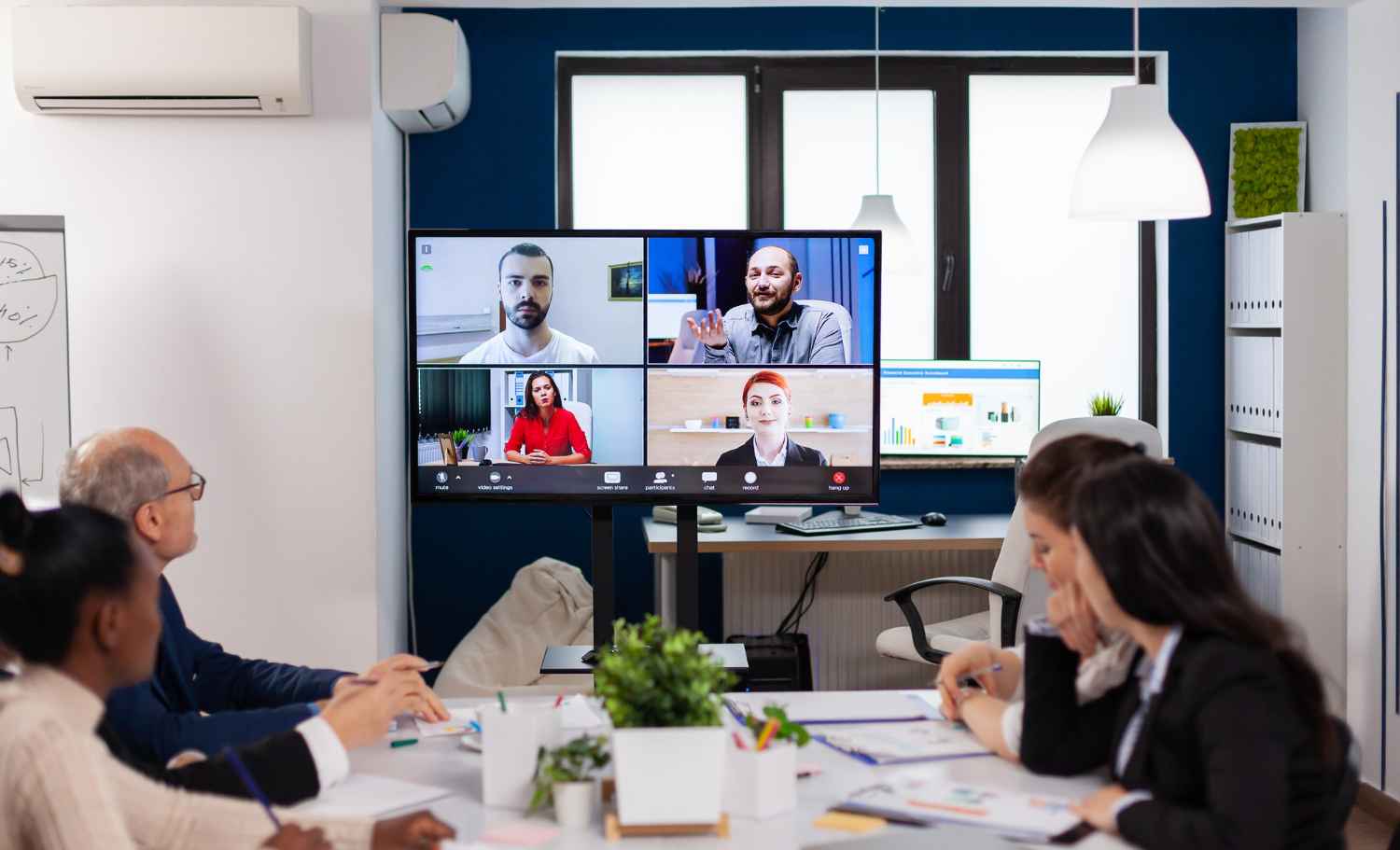
Ensure Safety throughout the Event
For a successful event staging, you need to take various precautionary measures during set-up and pack-down. You should conduct a risk assessment of the venue and staging area to identify potential risks and implement the required safety measures. To avoid potential hazards, qualified crew members should handle and supervise the load-in, set-up, rigging, and other technical aspects of staging.
It is important to ensure all rigging and structures are installed securely in place and comply with strict safety protocols. You should strictly adhere to electrical safety regulations and use certified equipment to prevent electrical hazards and guarantee everyone’s safety. Moreover, you should undertake effective strategies that help avoid overcrowding, and there should be unobstructed emergency exits for safe evacuation.
Moreover, there should be first-aid kits, fire extinguishers, and trained staff members proficient in following all the safety protocols. If the event is arranged outdoors, you should have a backup plan to deal with adverse weather conditions. Once the event concludes, you should dismantle everything in an organised manner to avoid damage to equipment.
Post-Event Marketing
Once your event concludes, you should share the highlights and key aspects on different social media platforms by creating engaging content. It will help you reach a wider audience and promote your brand on a larger scale.
Final Words
Event staging requires careful planning and involves making several decisions at different stages, requiring professional expertise to handle everything seamlessly. If you are hosting an event for the first time or you are not sure about your expertise in this particular domain, then it is best to hire expert event staging professionals who can make the whole process much more convenient and easier for you.
You can communicate your requirements and brand identity to the specialists, and they will help you create a perfect plan to deliver your message and make your event a success.

